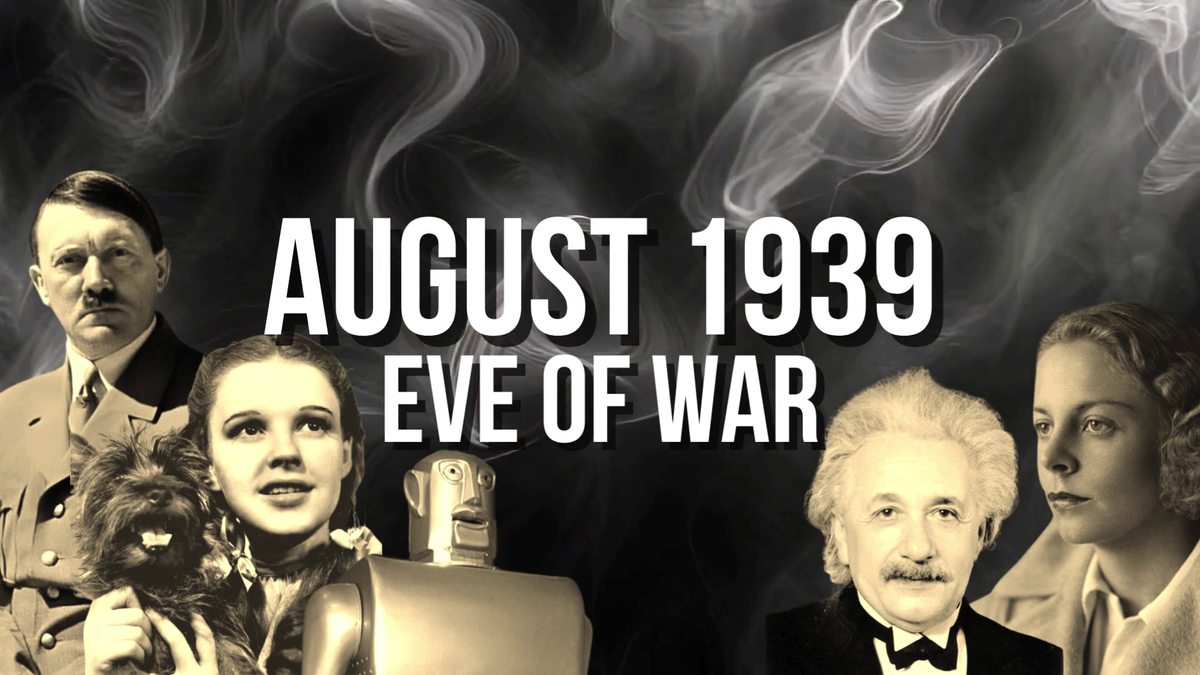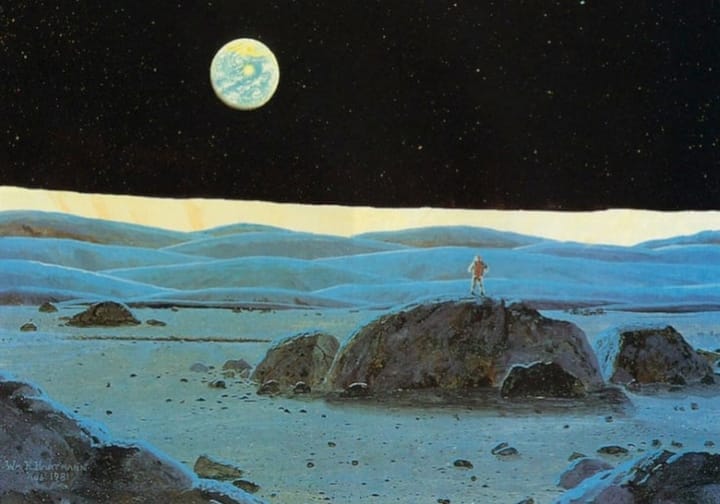Behind the Scenes: August 1939, Eve of War.
My newest deep-dive video profiles the moment in time just before the outbreak of World War II in Europe.

It’s generally a rule of thumb that if I don’t post on this blog for nearly a week I’m probably working on a video. Yesterday (September 21, 2024) was release day for the latest deep dive video on my YouTube channel, “August 1939: Eve of War.” As the title suggests, it’s a profile of the way things were, especially in the U.S. and Great Britain, during the last month of peace before the outbreak of World War II in Europe, which is generally marked as Hitler’s invasion of Poland on September 1, 1939. This subject has long fascinated me and the video has been on my to-do list for a long time. With some hiccups, which I’ll talk about here, I’m generally pleased with the way the video came out.
There was a lot going on during August 1939, even beyond the diplomatic scramble as the fuse burned down toward Nazi Germany’s widely-anticipated attack on Poland. During that month, for example, physicists Albert Einstein and Leo Szilard wrote their famous letter to President Franklin D. Roosevelt, alerting him to the possibility of an atomic bomb. That letter, composed on the verandah of Einstein’s vacation home in Cutchogue, New York, was the genesis of the Manhattan Project. That month, the shows playing on Broadway were The Philadelphia Story with Katharine Hepburn and Abe Lincoln in Illinois starring Raymond Massey. Film director Wes Craven and baseball player Carl Yastrzemski were born; European race car driver Jean Bugatti and British abstract artist Jessica Dismorr died. The first known dramatic play written specifically for television, called Streets of New York, aired on WABC-TV on the last day of peace, August 31, 1939. These were among the many fascinating details that I uncovered in my research for this video.
Of course the broader context was the geopolitical story. Why did Hitler want Poland, or more specifically, a piece of it known at the time as the “Danzig Corridor”? Is the story of “appeasement,” the policy of UK Prime Minister Neville Chamberlain, really as cut-and-dried as modern politicians would like us to believe? What was the genesis and strategy behind the Molotov-Ribbentrop Pact, which, when it was announced on August 21, surprised most of the world and telegraphed Hitler’s intentions toward Poland? These too are questions I delve into in the video, which turned out to be nearly two and a half hours long. You know me, in history the context is very important.


